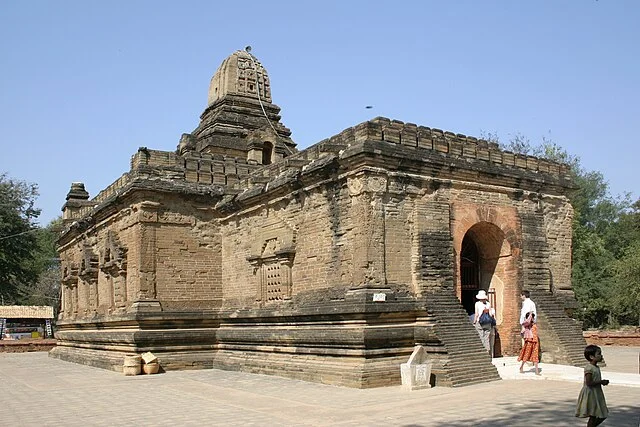Nanpaya Temple is a significant religious structure and an example of early Bagan architecture in Myanmar. Built in the 11th century AD, it stands as a testament to Bagan’s architectural and cultural achievements. Although relatively small, Nanpaya features intricate carvings and unique construction techniques that make it a key site for scholars studying ancient Southeast Asian art and architecture.
Get your dose of History via Email
Historical Background
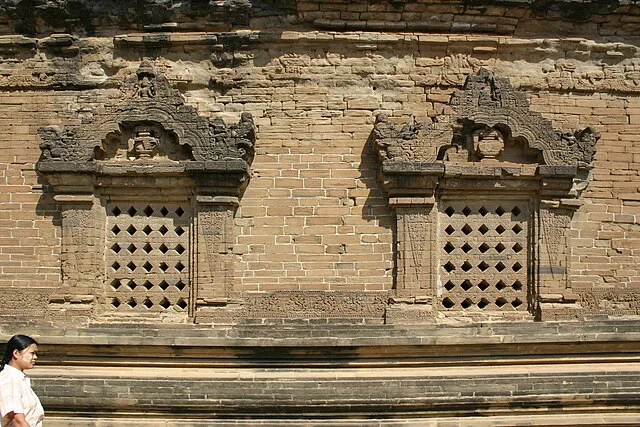
The temple was commissioned during the Pagan Dynasty under King Manuha, a Mon king who was held captive by King Anawrahta. Anawrahta conquered the Mon capital of Thaton in 1057 AD, bringing Mon culture and religious practices to Bagan. Nanpaya served both as a place of worship and as a possible residence for King Manuha during his captivity.
Nanpaya represents a blend of Mon and Bagan architectural styles. This fusion reflects the cultural exchange that occurred as Mon artists and architects worked alongside Bagan builders. These influences are evident in both the structural elements and decorative features.
Architectural Features
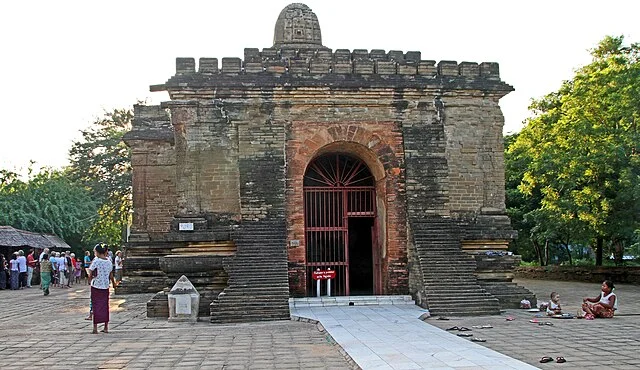
Nanpaya Temple is primarily constructed with sandstone blocks, distinguishing it from the many brick temples in Bagan. This choice of material has helped preserve its detailed carvings. The temple follows a square layout, with thick walls and a central chamber. Unlike typical Bagan temples, Nanpaya lacks the pointed spire commonly found on other structures from this period.
The temple’s walls feature detailed carvings of Hindu deities, especially Brahma. These carvings suggest that Mon culture included both Buddhist and Hindu elements. The central chamber has windows with perforated stone, allowing sunlight to filter into the temple and illuminate its interior. This feature also regulates airflow and temperature, making the temple cool and comfortable.
Relief Carvings
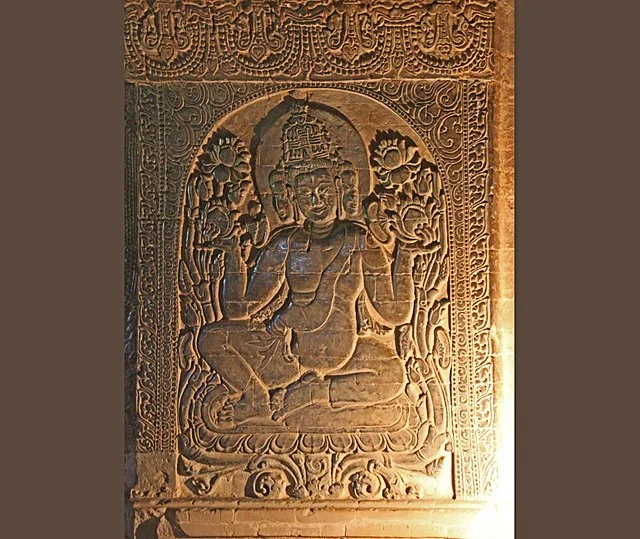
One of Nanpaya’s most remarkable features is the high-relief carving of Brahma on its interior walls. The carvings depict Brahma with four faces, a traditional iconography that aligns with Hindu beliefs. The attention to detail in these carvings highlights the advanced skills of Mon artisans. Some scholars believe these depictions of Brahma may represent the Hindu influences in early Mon religious practices.
The temple’s interior also displays various floral and geometric motifs. These patterns suggest an influence from Indian artistic traditions, brought to Bagan by the Mon people. The delicate craftsmanship of these designs has led researchers to view Nanpaya as a cultural bridge between Indian and Burmese art.
Religious Significance
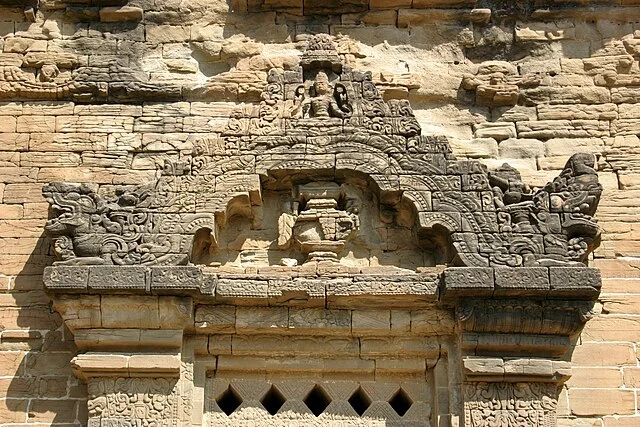
Nanpaya served a religious function in addition to its architectural importance. While most Bagan temples are exclusively Buddhist, Nanpaya’s inclusion of Hindu elements indicates that it was a unique religious site. The Mon people likely integrated Hindu symbolism within their Buddhist practices, and Nanpaya provides physical evidence of this syncretism.
It is uncertain whether Nanpaya functioned as a Buddhist or Hindu temple during its peak. However, its structural design suggests it may have been a center for both traditions. This blend of religious symbolism adds depth to our understanding of religious diversity in early Bagan.
Preservation and Legacy
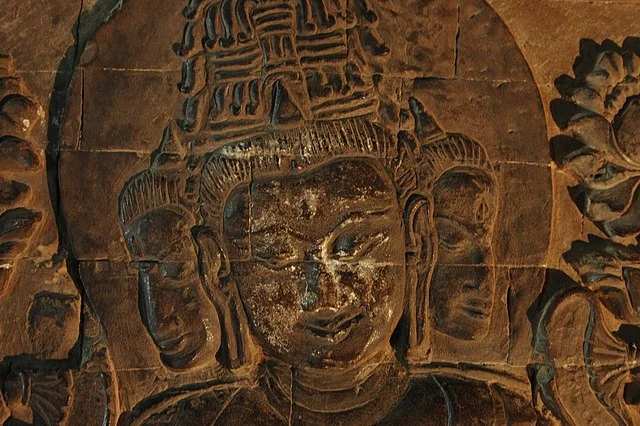
Today, Nanpaya Temple is a well-preserved historical site under the care of the Myanmar Department of Archaeology. Its sandstone construction has helped maintain the original carvings, though conservation efforts continue to protect the temple from erosion and weathering.
Nanpaya Temple remains a significant archaeological site in Myanmar. Its fusion of architectural and cultural elements provides insight into the interactions between the Mon and Bagan civilizations. For historians, the temple is a valuable resource that sheds light on the cultural exchanges that shaped Myanmar’s early history.
Conclusion
Nanpaya Temple exemplifies the artistic and cultural influences that shaped early Bagan. Built by the Mon king Manuha, the temple reflects both Buddhist and Hindu elements, embodying the complex religious identity of the Pagan Dynasty. Its unique sandstone construction and intricate carvings continue to draw interest from historians and archaeologists alike. For anyone studying early Burmese history, Nanpaya is a compelling example of how art and architecture serve as records of cultural exchange and syncretism.
Source:

